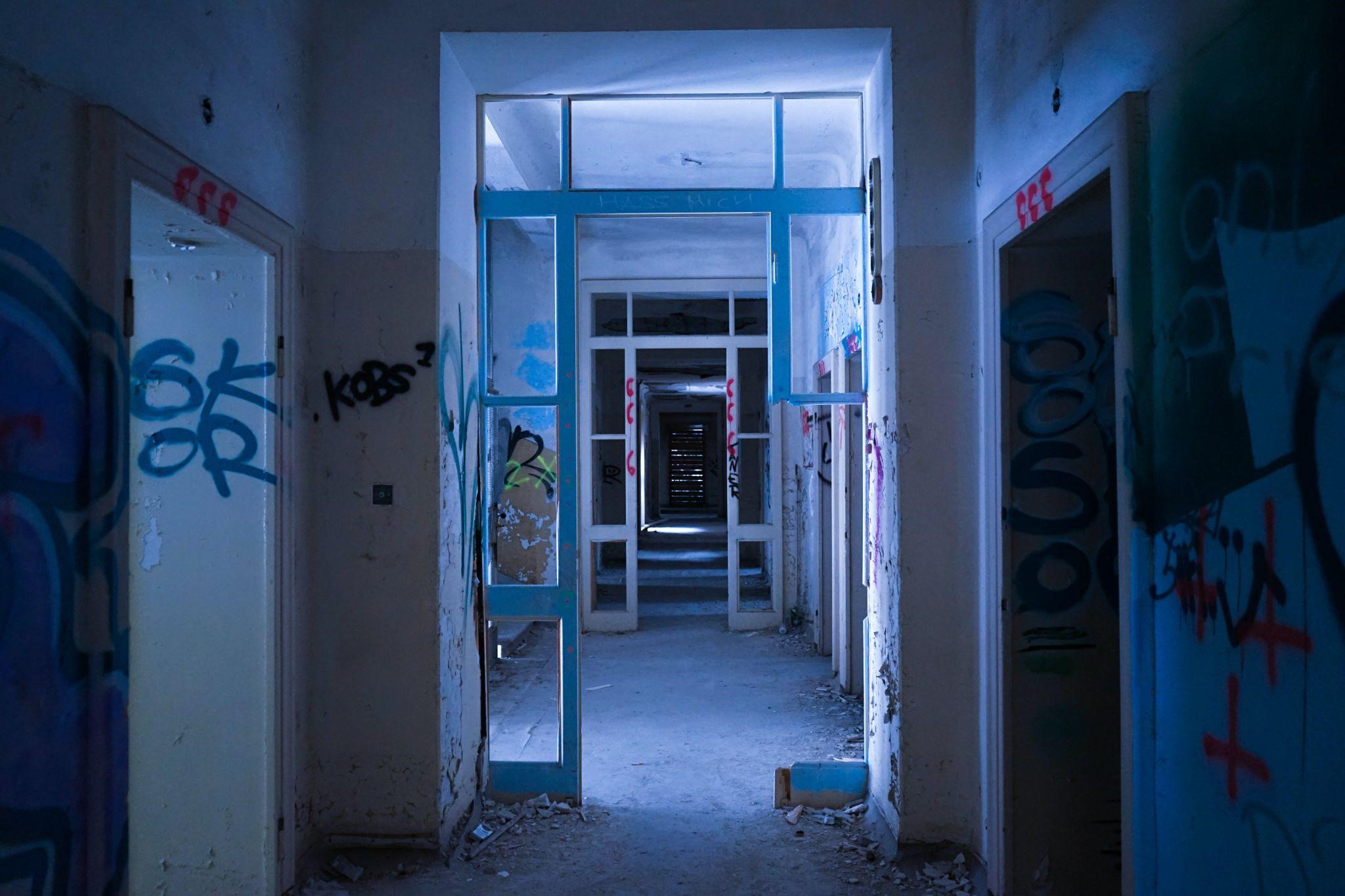If you are looking for ways to repurpose your empty buildings and give them a new life, the Reactive Repairs Framework may be just what you need. With this framework, businesses have the opportunity to transform nearly abandoned structures into thriving spaces by using efficient repair strategies designed for cost-effectiveness and quality.
This blog post will guide you through its benefits and how it can help restore these old and forgotten buildings effectively while allowing them to become fresh with new potential as part of their community’s landscape.
Introducing Reactive Repairs Framework – Overview of What It Is & How It Works
Cracks, leaks, and minor damages can turn into major headaches if left unaddressed. Facility management teams must rely on a quick and effective system to manage and resolve these issues. Reactive Repairs Framework is an innovative solution designed to simplify the management of reactive maintenance requests.
This system leverages intelligent algorithms to streamline the repair process from start to finish. With a user-friendly dashboard, engineers can efficiently log and prioritize tickets, communicate with tenants, and monitor progress in real-time. Reactive Repairs Framework ensures nothing falls through the cracks and that maintenance requests are addressed promptly and efficiently.
Benefits of Using Reactive Repairs Framework to Transform Empty Buildings
Empty buildings can often be overlooked and seen as a lost cause. However, there is a solution to this problem: using the reactive repairs framework. By transforming these buildings using this approach, several benefits can be gained. For one, it allows for quick and effective fixes to be made, which can be especially helpful in emergencies.
Additionally, reactive repairs can help prevent further deterioration of the building and decrease the likelihood of future problems. Lastly, utilizing this framework can help save costs in the long run by addressing issues before they become major and expensive to fix. Overall, by incorporating the reactive repairs framework, empty buildings can be transformed into useful and productive spaces, benefiting both the surrounding community and owners alike.
Identifying and Prioritizing Areas Needing Attention When Transforming an Empty Building
When transforming an empty building, it’s essential to identify the areas that need attention and prioritize them accordingly. A building is a blank canvas, waiting for the right creative touch to bring it to life. However, transforming it can be overwhelming without a solid plan in place.
Whether it’s a commercial space or a residential property, the first step is to assess the building’s condition and determine what needs to be improved. Is the flooring outdated, or are there electrical problems that need fixing? Are there any structural issues that require immediate attention? Once you’ve identified the areas of concern, you can prioritize them based on their level of importance, cost, and impact on the overall outcome of the project. With a little patience and planning, transforming an empty building into a functional and attractive space is a thrilling and rewarding process.
Paving the Path to Restoration – A Step-by-Step Guide on How to Implement Reactive Repairs Framework in an Empty Building
Restoration is a process that requires careful planning and execution. Implementing a reactive repairs framework in an empty building is a crucial step towards ensuring a successful restoration. This comprehensive step-by-step guide provides practical tips and strategies on how to pave the path to restoration.
From assessing the building’s current condition to identifying the necessary repairs, this guide covers everything you need to know to implement a successful reactive repairs framework. With the right tools and knowledge, you can restore your empty building and bring it back to life. So, if you’re ready to take the first step towards a successful restoration, this guide is the perfect place to start!
Examples of Successful Projects Utilizing Reactive Repairs Framework to Restore Empty Buildings
As our cities continue to grow, so does the number of empty buildings. However, instead of tearing them down, a reactive repairs framework can provide a viable solution to restore these spaces and bring life back into our neighbourhoods. Many successful projects have already implemented this framework, demonstrating its effectiveness at creating valuable community spaces and fostering economic growth.
By utilizing a combination of reactive and preventative maintenance techniques, these projects not only breathe new life into vacant buildings, but also provide opportunities for job creation and social engagement. From art galleries to co-working spaces, the possibilities are endless when it comes to utilizing this framework to repurpose empty buildings.
Overall, the new Reactive Repairs Framework presents an innovative solution to transform empty buildings using an efficient and effective process. The Framework provides a comprehensive approach for restoration projects – from employing Rapid Assessment Tools to identify areas needing attention, to utilizing a step-by-step guide for implementation.
With its benefits in cost savings, improved customer satisfaction and optimized efficiency, the Reactive Repairs Framework is already being used successfully by various companies all over the world.

